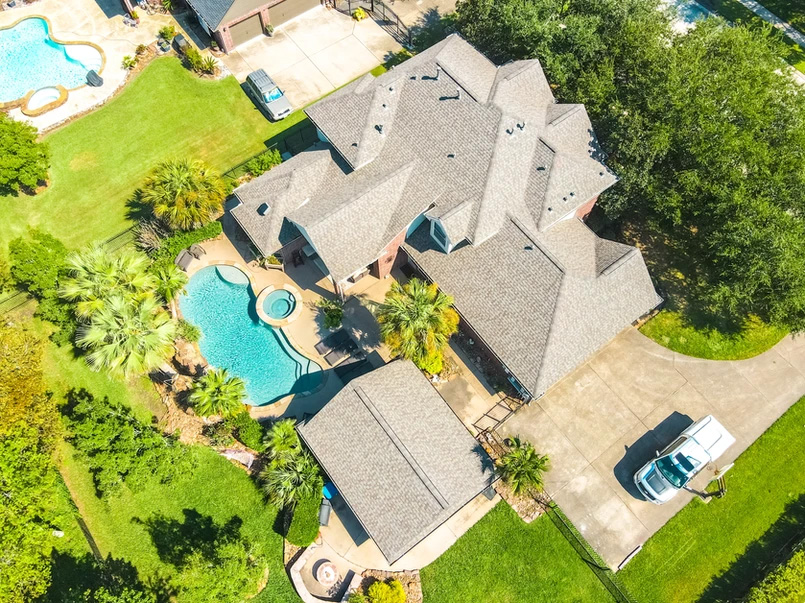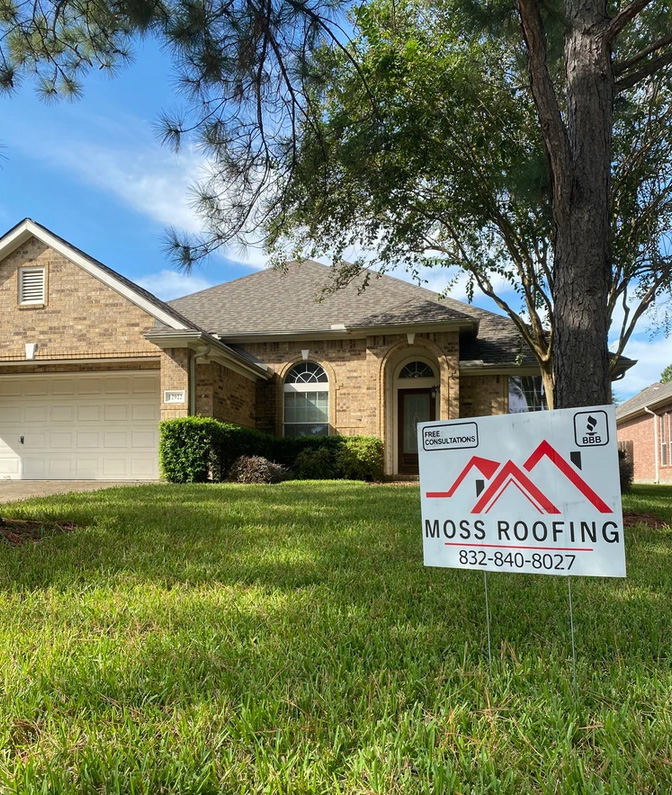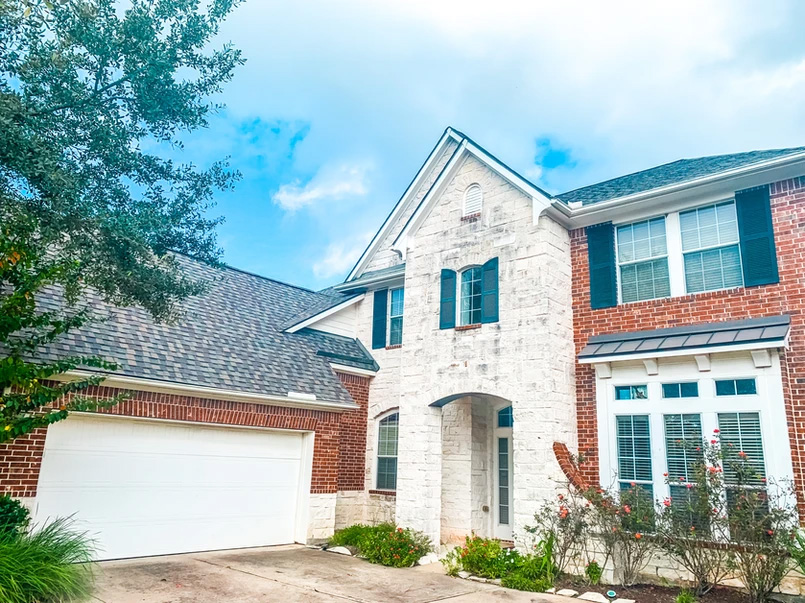Current & Future Trends in Home Insurance Coverage

Homeowner’s insurance is constantly changing. Whether it’s pricing, benefits, or coverage limits, there is typically a change each year. Unfortunately, in the last few years, the insurance industry has been raising premiums in some states by over 1,000% as many Floridians, who seem to consistently be in the path of hurricanes, have found out. Canceling insurance coverage outright, as experienced by some in California and other states due to rising claims, has also been a problem.
More frequent extreme weather, brought about by climate change, is being blamed for an uptick in rates and cancellations. Insurance companies can cancel a homeowner’s policy at a moment’s notice without warning and for any reason, but the insurance industry has recently been targeting homeowners with older roofs. And there doesn’t appear to be any standard metric upon which “age” triggers the cancellation of a policy.
Another area of concern for homeowners is the increased tendency of insurance carriers to move homeowners into ACV (Actual Cash Value) policies instead of keeping them in RCV (Replacement Cost Value) policies. For example, with ACV, insurance companies only pay to replace the depreciated value of a roof instead of the current replacement cost (RCV). This means if a roof is 20 years old, then perhaps only a few thousand dollars will be given for a complete roof replacement, whereas an RCV policy will likely give many times more than that amount for a new roof. Adding insult to injury is some insurance companies will assign an age to a roof if no evidence is available as to how old it is, and the age they assign can often be much older than the roof is. Insurance companies may not offer any coverage at all for an older roof or they may impart roof exclusions.
Both positive and negative trends need to be considered when evaluating insurance providers. Insurance companies are all different and home insurance is evolving to meet new challenges and leverage technological advancements. In addition to the developments listed above, here are some more current and future trends in home insurance coverage:
Current Trends
- Customization and Flexibility:
- Insurers are offering more customizable policies that cater to individual homeowner needs and preferences. This allows homeowners to choose coverage options that best suit their specific circumstances. However, the current trend of only offering a 2% deductible instead of the option to choose between 1% and 2% is becoming more prevalent with insurance companies to limit their liability. Scheduled roof payments by insurers are also becoming more common.
- Usage-Based Insurance:
- Similar to trends being seen in the auto insurance arena, some home insurers are beginning to offer usage-based policies where premiums are determined by the actual usage and condition of the home, monitored via smart home devices.
- Increased Coverage for Natural Disasters:
- With the rising frequency and severity of natural disasters, insurers are enhancing coverage options for events like floods, hurricanes, and wildfires. This includes more comprehensive policies and additional riders for specific disasters. This way, not everyone has to shoulder the cost of those unique natural disasters, but on the flip side, insurers can charge more for those riders.
- Smart Home Integration:
- The integration of smart home technology is becoming more prevalent in homes. Devices such as smart security systems, smoke detectors, and water leak sensors can often lower insurance premiums since they reduce risk and prevent losses.
- Cyber Insurance:
- As homes become more connected to everything electronic, there is a growing need for cyber insurance to protect against hacking and other cyber threats. This coverage is becoming more common with home insurance policies.
- Eco-Friendly Home Discounts:
- Insurers are beginning to offer discounts for homes with eco-friendly features like solar panels, energy-efficient appliances, and sustainable materials. This trend not only supports environmental sustainability but also reduces the risk for insurers.
Future Trends
- AI and Big Data:
- Artificial intelligence (AI) and big data will play a larger role in assessing home risks and determining premiums. Insurers will use data from various sources, including social media, IoT devices, and weather patterns, to create more accurate risk profiles and personalized policies.
- On-Demand Insurance:
- On-demand insurance models, where homeowners can activate and deactivate coverage as needed, are expected to grow. This flexibility can appeal to homeowners who rent out their properties part-time or those who have irregular living arrangements. This is already being adopted by a few of the major insurance carriers.
- Blockchain for Claims Processing:
- Blockchain technology can streamline the claims process, making it faster and more transparent. Smart contracts can automate claims settlement, reducing paperwork and fraud.
- Climate Change Adaptation:
- Insurers will increasingly focus on helping homeowners adapt to climate change. This could include offering incentives for climate-resilient home improvements and locations or providing tools and resources for disaster preparedness.
- Comprehensive Coverage Bundles:
- Future policies may continue to bundle home insurance with other types of insurance, such as auto or health, offering comprehensive coverage packages that are more convenient and potentially more cost-effective for consumers. Some insurance companies already offer multi-property insurance packages, but this will continue to expand.
- Telematics and Real-Time Monitoring:
- Telematics technology, already used in auto insurance, will expand to home insurance. Real-time monitoring of home systems can alert homeowners and insurers to potential issues before they cause significant damage, leading to proactive maintenance and reduced claims.
- Behavior-Based Discounts:
- Similar to usage-based insurance, behavior-based discounts will reward homeowners for properly maintaining their property and using safety measures. For example, regular maintenance checks and usage of smart home security systems could result in lower premiums.
- Microinsurance:
- Microinsurance products, which offer smaller, more affordable coverage options, will become more prevalent. This can be particularly beneficial for low-income households or specific items within the home that need insuring.
- Sustainability and Resilience Incentives:
- As part of a broader push toward sustainability, insurers will offer additional incentives for homes built or retrofitted to be more resilient to environmental hazards and more sustainable in their use of resources.
In closing, if a roof is damaged, and especially if it is an older roof, it is probably a good idea to move forward with repairs or replacement at this time since roof coverage could be lost altogether with policy changes or the policy may be re-grouped into an ACV policy instead of a more desirable RCV policy.
With the current and future trends listed above, most indications are that there is a movement in the insurance industry toward more personalized, technology-driven, and flexible home insurance products, aiming to better meet the evolving needs of homeowners while addressing emerging risks and opportunities. It’s both a way for insurance companies to save money and make more money at the same time. However, it can also be an opportunity for homeowners to only subscribe to the exact insurance they need without having to support other homeowners’ risks.






